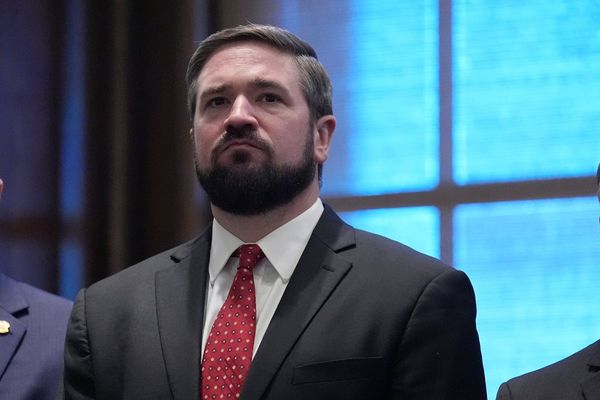
In 2019, the United Nations verified more than 25,000 grave violations against children, according to the report of the secretary-general on children and armed conflict published in June 2020. A recent article in these pages by Jo Becker of Human Rights Watch alleged that the U.N. secretary-general is letting some countries get away with killing children. This is not the case. In fact, the secretary-general has repeatedly expressed his consternation at the continued high level of violations, called for parties to end violations against children, and advocated for the protection of children by all.
Yet despite this grave situation, there are signs of hope. Some 13,200 child soldiers were freed and released from nonstate actors and armed forces globally in 2019 following U.N. advocacy. U.N. engagement with governments and armed groups led to improvements in age screening procedures and the introduction of legislation to better protect children’s rights. U.N. advocacy, including the ACT to Protect Children Affected by Conflict campaign, a global call for peace processes and reductions in hostilities, further improved the protection of children.
Under the leadership of U.N. Secretary-General António Guterres, record numbers of action plans, joint commitments, and command orders have been either signed, issued, or updated with governments and armed groups during 2019—many of them including prevention and not just protection measures. As a result of continuous proactive work with U.N. member states, regional and subregional organizations, and nonstate armed groups, new legislation criminalizing grave violations against children has been developed and put in place in countries such as Afghanistan, the Central African Republic, and Myanmar, and governments have launched accountability mechanisms.
The secretary-general’s latest report is a clear example of the U.N.’s commitment to protecting children’s rights: It provides information verified by the United Nations, identifies perpetrators of violations, makes recommendations to various parties to conflicts, and includes time-bound joint action plans and commitments. Since the publication of the latest report, my office has actively engaged with parties mentioned in the report, including the Coalition to Support Legitimacy in Yemen and Myanmar’s Tatmadaw, on existing or new commitments to end and prevent violations, and on ways to follow up on implementation that make a concrete difference for children in the short, medium, and long term.
Since 2001, the U.N. Security Council has asked the secretary-general to attach to this report a list of parties to conflict that commit grave violations against children. Successive secretaries-general have used this tool to promote accountability, to identify perpetrators, and to engage with them to protect children.
The list is a call for action, but for it to be thoroughly effective, it must be accompanied by concrete and practical engagement between the United Nations and listed parties. Engagement goes hand in hand with the listing and delisting of parties and is part of a wider process that ensures the effective delivery of the mandate while encouraging changes of behavior. While the listing alerts parties to violations and stresses the need to end these violations, engagement promotes dialogue and sustainable change, and provides the necessary space to build on the recommendations of the report and effectively ensure better protection for children immediately and in the future.
Engagement ultimately leads to changes in behavior and to significant improvement in the protection of children, as we witnessed in former situations in the Ivory Coast and Nepal, and as we are currently witnessing in Colombia, the Democratic Republic of the Congo, and Sudan. Since monitoring of violations against children in situations of conflict is constant, the parties concerned have an incentive to engage because they do not wish to be listed in the first place, because they want to be delisted, or because they do not wish to be relisted should they renege on their commitments.
In addition to the secretary-general’s annual report, the U.N. has an array of powerful tools at its disposal to defend the rights of children. These include its monitoring and reporting mechanism; its promotion of accession to the Optional Protocol to the Convention on the Rights of the Child on the involvement of children in armed conflict; its promotion of respect for international humanitarian rights law and international human rights law; its advocacy messages and global campaigns; and its adoption and implementation of action plans and road maps with perpetrators.
As armed conflicts evolve and as children face multiple new threats, the framework for the protection of children must also adapt to adequately respond to these challenges. By shining a light on parties to conflict and simultaneously reaching out to engage with them, the secretary-general can improve the security of children in situations of armed conflict. While many violations occur against children each year, even more children escape tragedy thanks to this dual approach.
Contrary to what Becker’s article claims, the mandate that the Security Council gave to the secretary-general remains one of the United Nations’ proven and most effective tools for protecting the world’s children. Its credibility remains intact, and its ability to effect positive change will continue to increase as it evolves to meet new challenges. But the secretary-general cannot do this alone.
Member states, civil society, and human rights organizations all have a critical role to play. We may all take different paths and focus on different tools, but we are all working toward the same goal: making the protection of children during armed conflict a reality and not an aspiration.







